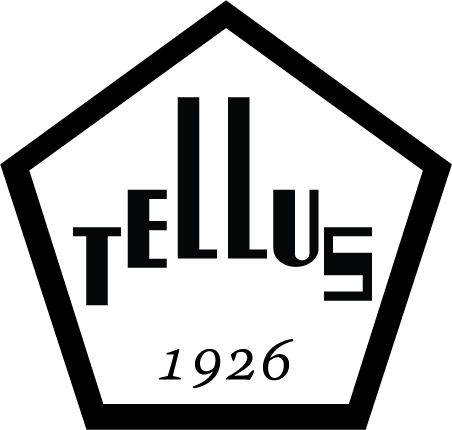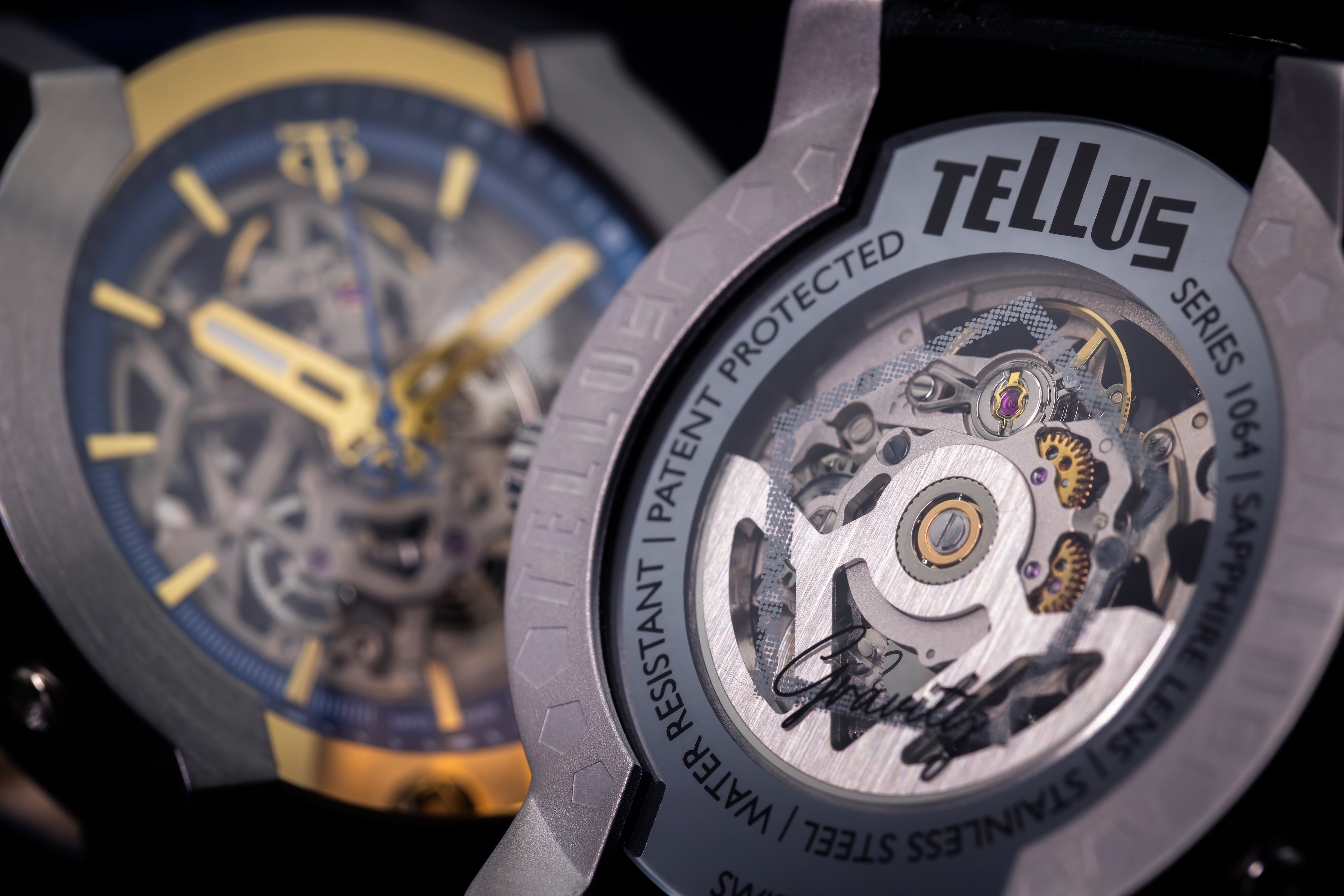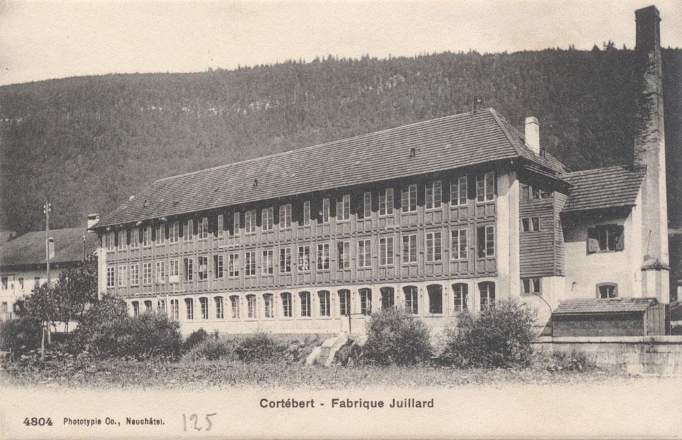Since 1790
A KNOW-HOW THAT LIVES ON
Born into a family of watchmakers dating back to the 15th century, Adam-Louis Juillard founded a watchmaking business in Sonvilier, Switzerland, in 1790. The story of Cortébert and Tellus had just begun.
Foreseeing the rise of the Swiss watchmaking industry, and under the impetus of Albert Juillard, the founder's grandson, several local manufacturers joined forces to create a ébauches factory in Cortébert, under the name Raiguel, Juillard & Cie. Inaugurated in 1865, the factory quickly integrated the watchmaking counter and the ébauches factory. The building, unusual for the time, featured 66 windows on the south façade.
In 1880, the factory was renamed "Fabrique d'ébauches de Cortébert".
In 1887, Albert's sons Henri and Emile took over the family business and continued its development. Cortébert watches were unanimously acclaimed for their quality, robustness and longevity.
The Juillard brothers then met with Wilhelm Ulrich, a German merchant, who convinced them to launch a more "universal" brand, the Cortébert brand being too French-speaking, in order to combine the age-old Juillard and Cortébert know-how with Wilhelm Ulrich's more avant-garde marketing vision.
Tellus was born!
The choice of the Tellus name was twofold :
- on the one hand, it was an expression of tribute to the Earth (Tellus meaning planet Earth in Latin) and the symbol of the founders' attachment to our planet; ;
- On the other, it was an invitation to travel, to discover our world, to marvel, but also to share, to enjoy - all the emotions that a journey, whether real or imaginary, can bring.
The Brand's values were set. It was on the strength of these convictions that Montres Tellus SA was incorporated on June 29, 1926. Its head office was located at 25 rue du Parc in La Chaux de Fonds, the capital of the Swiss watchmaking industry, on the premises of its parent company, the Cortébert Watch Co.
Right from the start
A DAZZLING SUCCESS
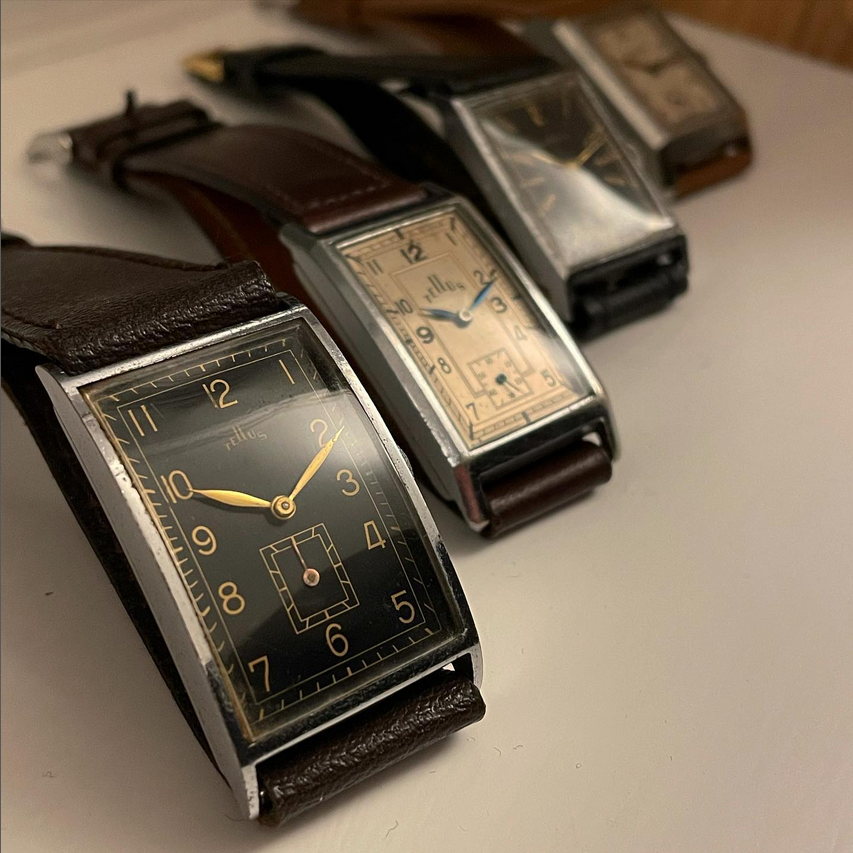
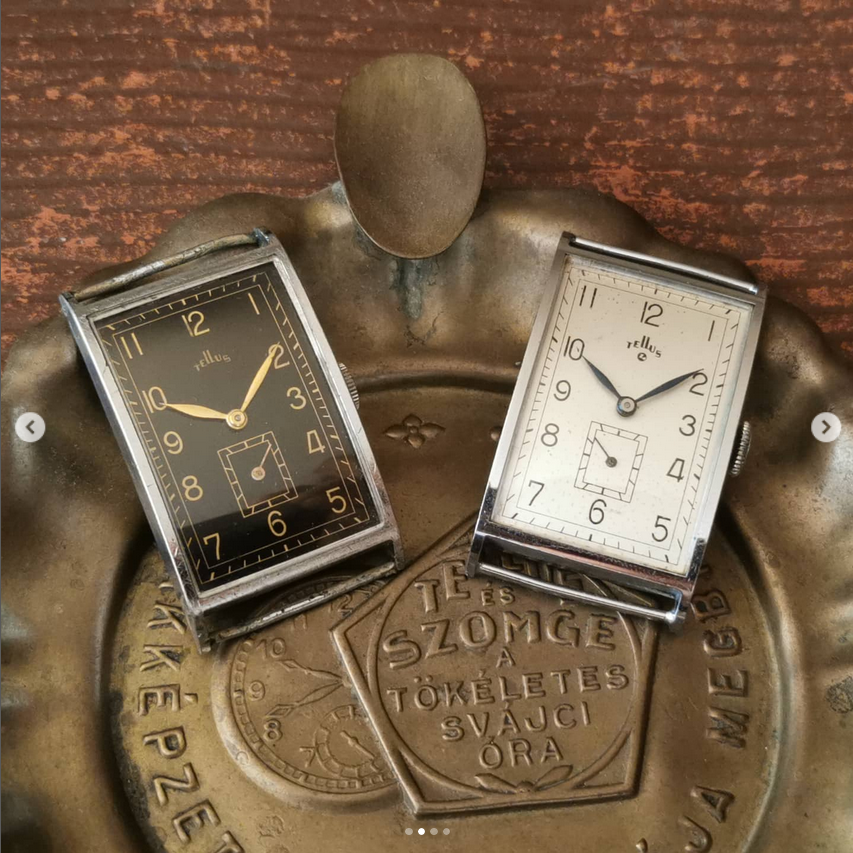
Moreover, the unanimously recognized quality and performance of its in-house movements enabled Tellus, just a few years after its creation, to achieve the highest standards of quality by officially obtaining the "chronometer" certification.
In 1942, Cortébert took overalone the Tellus brand and continued its development.
For another 2 decades, Tellus watches continued to be distributed worldwide, from Eastern Europe to the USA and the Caribbean.
In 1962, Albert Juillard, representative of the 6th generation of this illustrious family of entrepreneurs who had presided over the fortunes of Cortébert watches for 172 years and Tellus since 1926, sold the family's stake in the Cortébert Watch Co.
1993
TELLUS IS FLYING ON ITS OWN WINGS
In 1993, Tellus left the Cortébert group and decided to concentrate initially on setting up its own efficient organization with dedicated distribution channels. These were years of major restructuring designed to prepare the Brand for the major challenges of the new millennium ahead.
The timing of this restructuring could not have been better, since at the turn of the year 2000, the market was once again showing a strong appetite for authentic, quality watches with innovative designs.
At the dawn of this new millennium, the world is searching for meaning and is once again turning to watches that touch them, watches with values in tune with the times. This is the context in which the Bracket collection was created.
2022
A New era for tellus with the de Ayala family

Maison Tellus is blowing a new wind with its takeover by the de Ayala family. Their ambition? Reposition the brand on its core strengths: watches with assertive design and a strong identity for men and women of character who want to stand out and assert their singularity.
The Parenthèses concept, central to the Tellus DNA, is at the heart of this strategy. Whether it's the classic Parenthèse in the Discoverer, Dueller, Explorer and Arès collections, or the Nouvelle Parenthèse in Stormer and the future Serenity and Enigma collections, this patented process gives Tellus watches a uniquely recognizable look.
Tellus is thus opening a new chapter in its history, vibrant with audacity and creativity, where each model tells a story and invites you to explore new horizons.
